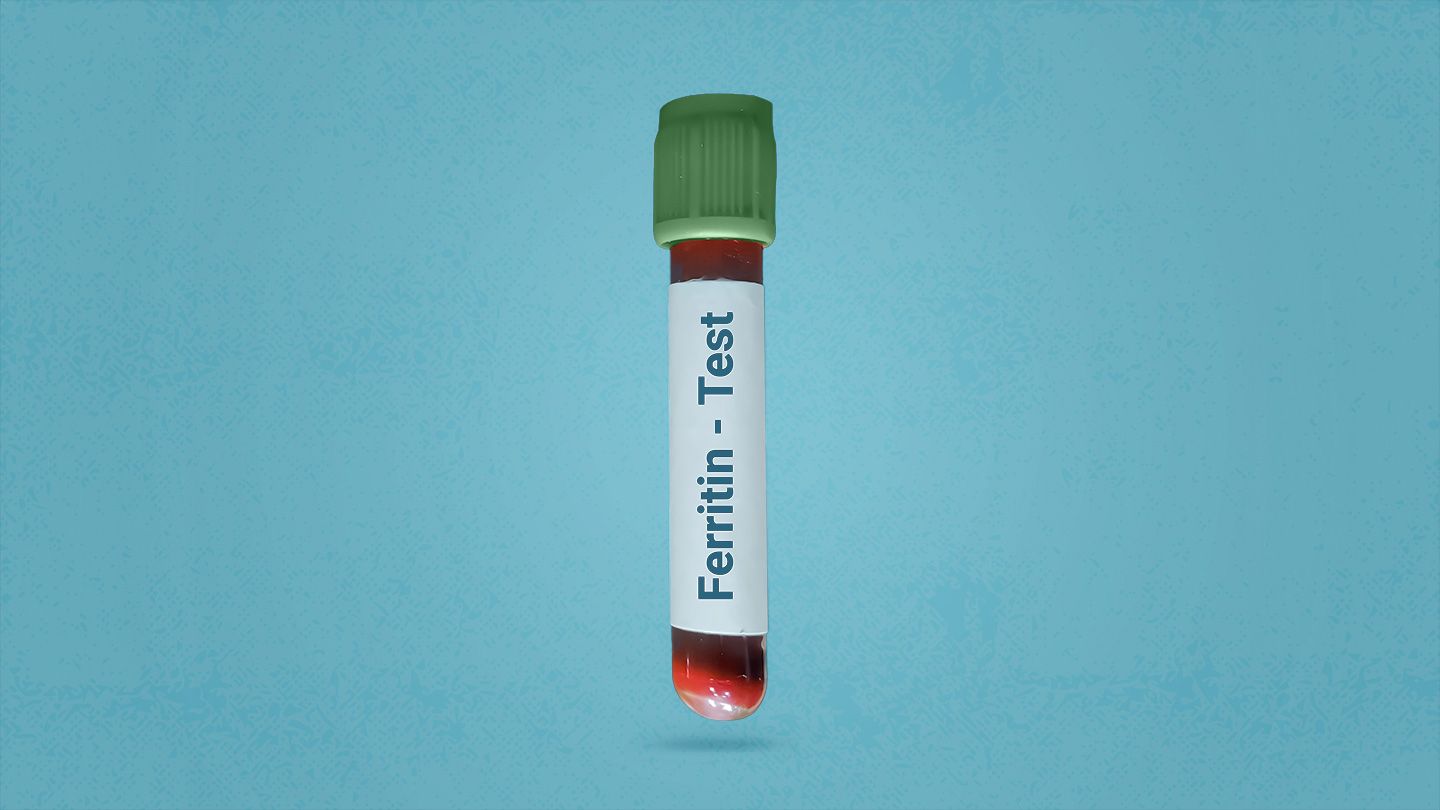For the study, researchers examined data on more than 8,000 nationally representative adults. All the participants had blood tests for both absolute iron deficiency (when the body has low iron levels) and functional iron deficiency (when the body has enough iron but can’t use it properly).
Overall, 14 percent of these adults had absolute iron deficiency and another 15 percent had functional iron deficiency, according to study findings published in JAMA Network Open.
“In both conditions, there is not enough iron available to the tissues that need it,” says the senior study author, Leo Buckley, PharmD, MPH, a clinical pharmacy specialist at Brigham and Women’s Hospital in Boston.
Iron Deficiency May Go Undetected
Just 33 percent of the study participants with absolute iron deficiency and 14 percent of the participants with functional iron deficiency had a medical condition that might trigger a screening, the study found. Medical conditions that warrant screening included anemia, heart failure, chronic kidney disease, or a current pregnancy, according to the study.
Women had a much greater risk of experiencing undetected iron deficiency than men.
In particular, women under 50 years old were more than 20 times more likely to have absolute iron deficiency and more than twice as likely to have functional iron deficiency than men that age.
What Causes Iron Deficiency?
Scientists hypothesized that dietary iron intake, alcohol use, and food insecurity might all affect the risk of iron deficiency. But the study didn’t find any meaningful associations between these factors and absolute or functional iron deficiency.
One limitation of the study is that researchers lacked data on the underlying causes of iron deficiency. Another drawback is that they didn’t have detailed dietary information to examine how participants’ eating habits might be related to their risk of iron deficiency.
Even so, the study authors concluded that far too few Americans are getting tested and treated for iron deficiency.
“There are no universal recommendations for screening in the general population,” Dr. Buckley says. “Usually symptoms like fatigue will prompt a workup, which would include testing for iron deficiency and anemia. Some people are at higher risk of iron deficiency, such as those with chronic heart failure or chronic kidney disease, and they might need to be tested by their doctors.”
When to Screen for Iron Deficiency
People should get a blood test for iron deficiency if they experience unexplained symptoms such as fatigue, headaches, or shortness of breath during physical exertion, or an urge to eat non-nutritional things like ice, soil, clay, or paper, says Sant-Rayn Pasricha, MBBS, PhD, MPH, a hematologist and the acting deputy director of the Walter and Eliza Hall Institute of Medical Research in Melbourne, Australia, who wasn’t involved in the new study.
“There isn’t clear evidence supporting screening for iron deficiency in asymptomatic people, but I would certainly recommend it in all pregnant women to ensure they are getting the iron they need,” Dr. Pasricha says.
How to Get More Iron
Iron deficiency is often preventable, and it can be treated with daily iron tablets or intravenous iron therapy, Pasricha says. People can also eat more iron-rich foods, such as meat, poultry, seafood, lentils and beans, nuts, dark green leafy vegetables, tofu, fortified breakfast cereals, and whole-grain and enriched breads.
“We can treat iron deficiency with iron tablets, perhaps once every day or even once every second day,” Pasricha says. “However, there are new intravenous iron therapies, which are safe and can quickly fix iron deficiency, that are gaining popularity.”
People with iron deficiency who are experiencing excessive fatigue or more severe symptoms, or who don’t respond well to iron tablets, may find their symptoms clear up with intravenous iron, Pasricha says.
“And yes, ensuring a diet high in iron is also important,” Pasricha says.
Read the full article here




